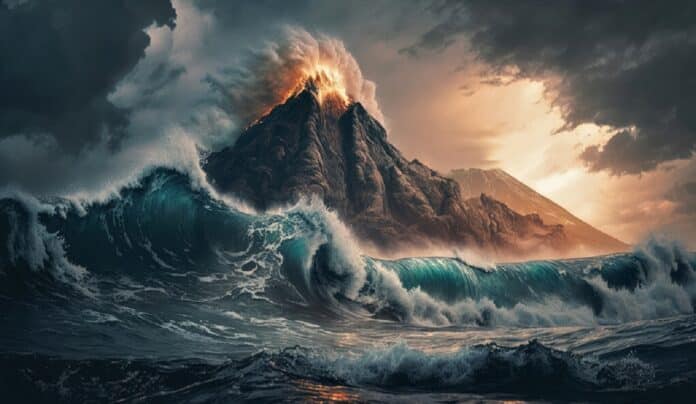The formation of continental crust plays a central role in stabilizing climate and providing unique environments for life. It is associated with plate tectonics and can constrain the timing and mechanisms of solid Earth differentiation. However, the growth history of continental crust is highly controversial, ranging from rapid extraction soon after Earth’s formation to late gradual growth after ~3.8 billion years ago.
According to a new study, more than half of the Earth’s continental crust was produced during the start of the Archean geological eon, 4 billion years ago, which was previously believed to be when crust formation began.
Guo, a graduate student in Yale’s Department of Earth and Planetary Sciences and first author of the study, said, “When we want to make a cake, or cookies, from scratch, we need to mix flour, sugar, eggs, butter, etc., in a bowl and it takes time to mix all the ingredients to have a smooth dough.”
Guo from yale university said, “Earth’s mantle convects like boiling water in a pan, and this convection mixes different components in the mantle formed from the creation of continental crust.”
The scientists created a new theoretical model that analyzed signs of the chemical elements hafnium and neodymium within the Earth’s mantle, which have long been used to understand the history of continental crust.
According to the researchers, Because of the time required for convection to mix, certain hafnium and neodymium signs that occur during the Archean eon would have had to be formed much earlier during the Hadean.
The new modeling approach considered not just a lengthier mixing process but also approximated its timescale. This shows that continental crust formed far earlier than previously thought.
Korenaga, a professor of Earth and planetary sciences at Yale’s Faculty of Arts and Sciences, said, “Incorporating this physical common sense in a geochemical analysis requires a highly elaborate modeling effort, which has been a challenging task for geochemists for decades.”
He also said, “The formation of continental crust is a crucial factor in stabilizing the climate and creating unique environments for the emergence of life and its evolution. Our research sheds new light on this important process.”
The result shows that mass balance with continental crust determines the crustal generation and recycling rate.
Journal Reference:
- Meng Guo et al. The combined Hf and Nd isotope evolution of the depleted mantle requires Hadean continental formation. Science Advances. DOI: 10.1126/sciadv.ade2711
